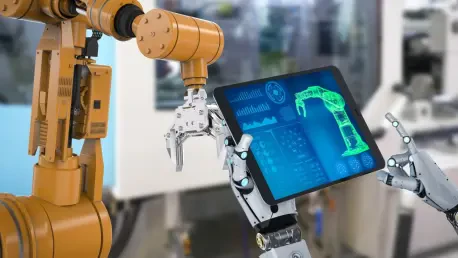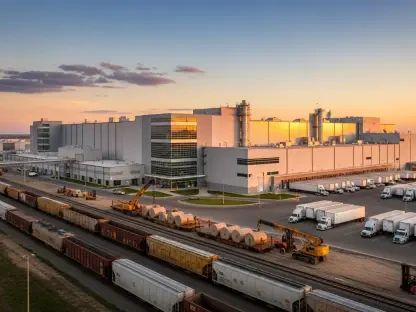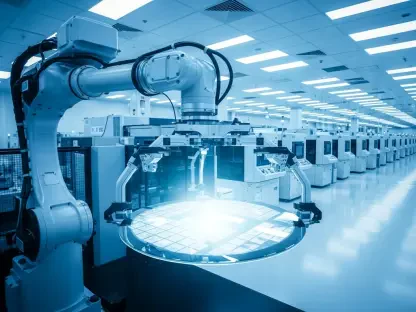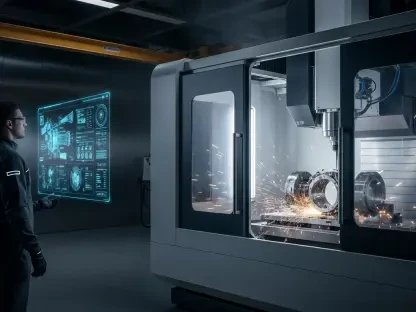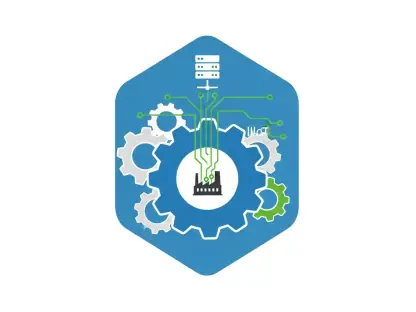Kwame Zaire, a seasoned expert in manufacturing with a keen focus on electronics and equipment, joins us to shed light on the dynamic field of Generative AI (GenAI) in manufacturing. With years of experience in production management and predictive maintenance, Kwame provides a unique perspective on the transformative potential of GenAI in the industry. Our conversation explores the reasons behind the optimism surrounding GenAI, the integration challenges manufacturers face, and the importance of ethical AI frameworks.
Can you elaborate on the reasons why manufacturers in the APAC region are optimistic about the use of GenAI?
Manufacturers in the APAC region are seeing GenAI as a catalyst for change. The technology promises to enhance operational efficiency and profitability, allowing companies to remain competitive in a rapidly evolving global market. Businesses in this region are particularly focused on keeping ahead of the curve, and integrating GenAI offers innovative ways to streamline their processes and manage resources more effectively.
How does GenAI currently enhance efficiency and profitability in the manufacturing sector?
GenAI is redefining efficiency by automating complex processes, enhancing quality control, and optimizing supply chains. It allows manufacturers to predict equipment failures before they happen, reducing downtime and maintenance costs. By improving these areas, companies can save money and increase their output, directly impacting their bottom line.
Why do you think integrating IoT data into GenAI models is believed to significantly increase AI accuracy?
IoT data brings real-time insights into the mix, feeding GenAI models with current information about operations. This integration allows AI to make precise predictions and decisions based on the latest data. Enhanced accuracy translates to better performance and more informed decision-making, which are crucial for maintaining efficiency and competitiveness.
What are digital twins, and how are they expected to enhance asset performance and supply chain resilience when coupled with GenAI?
Digital twins are virtual replicas of physical assets or systems. When used alongside GenAI, they allow manufacturers to simulate and analyze operations in a risk-free environment. This pairing offers insights into potential failures and optimizations, improving asset utilization and resilience in the supply chain by letting companies anticipate and mitigate disruptions.
In which specific areas within the manufacturing process is GenAI primarily being leveraged?
GenAI applications are numerous, with significant impacts on supply chain management, inventory control, quality assurance, and process automation. It helps streamline operations, reduce errors, and manage the entire production landscape more effectively, ensuring that businesses can adapt to changing demands quickly.
What are some of the fast-changing business environments that make GenAI critical for manufacturers?
The manufacturing landscape is influenced by shifting global trade policies and consumer demands. GenAI provides adaptability in this volatile environment, helping companies navigate changes in tariffs or supply chain disruptions efficiently. The technology enables businesses to pivot operations swiftly, keeping them robust against external changes.
Can you discuss the challenges manufacturers face with outdated technologies?
Outdated systems slow down innovation and impede the integration of new technologies like GenAI. They restrict data flow and insights, creating bottlenecks that can stunt growth and efficiency. Overcoming these technological hurdles is vital for any manufacturer aiming to leverage advanced AI capabilities fully.
Why have less than half of the manufacturers conducted a comprehensive infrastructure readiness assessment?
Comprehensive assessments can be resource-intensive, requiring significant time and expertise that some companies might lack. There’s also often a reluctance to overhaul established systems unless absolutely necessary. However, failing to undertake these assessments means companies might overlook critical infrastructural weaknesses that could hinder AI deployment.
What are the potential risks if manufacturers fail to integrate IoT with GenAI successfully?
Without successful integration, manufacturers risk missing out on actionable insights that improve operational accuracy. Poor integration could result in inefficiencies, increased costs, and ultimately make companies less competitive. It’s essential for manufacturers to ensure seamless IoT and AI integration to fully capitalize on the technology.
Why do you think only 48% of manufacturing leaders strongly believe in their organization’s ethical AI framework?
The ethical implications of AI use are vast and complex. Many organizations may lack a solid understanding of how to create frameworks balancing innovation with ethical considerations. There could be challenges in articulating clear guidelines that align AI capabilities with business values, leading to skepticism among leaders.
How important is it to have a robust ethical AI framework, and what are the challenges in maintaining one?
An ethical AI framework is critical to avoid misuse and ensure AI benefits everyone equitably. However, maintaining one requires continuous evaluation as technology and societal norms evolve. Organizations must invest in building transparent AI systems and fostering a culture that prioritizes ethical considerations alongside technological advancement.
What does “workforce readiness” mean in the context of GenAI, and what skills are currently lacking?
Workforce readiness refers to preparing employees to work with AI technologies effectively. Key skills lacking currently include data literacy, AI system understanding, and change management. Investing in training and development is crucial to equip the workforce with the necessary skills to harness AI’s full potential.
What concerns do manufacturers have about their data storage and processing capabilities for GenAI workloads?
Many manufacturers are concerned about whether their existing infrastructure can handle the large data volumes GenAI requires. Inadequate storage and processing power can limit AI capabilities, leading to inefficiencies. Proper infrastructure investment is necessary to support AI workloads, ensuring smooth and effective operation.
Can you provide strategies that manufacturers can adopt to avoid potential pitfalls when deploying and governing GenAI?
Manufacturers should start with thorough readiness assessments and ensure their infrastructure can support AI initiatives. Prioritizing workforce training and development is also crucial. Additionally, establishing clear ethical AI guidelines and fostering a culture of transparency and accountability can help navigate potential implementation challenges.
What is your forecast for the future of GenAI in manufacturing?
GenAI will increasingly play a central role in manufacturing, driving efficiencies and innovation. It’s likely we’ll see accelerated adoption as more companies recognize its potential. However, success will depend on how well organizations address integration challenges and prepare their workforces for this transformative technology.
